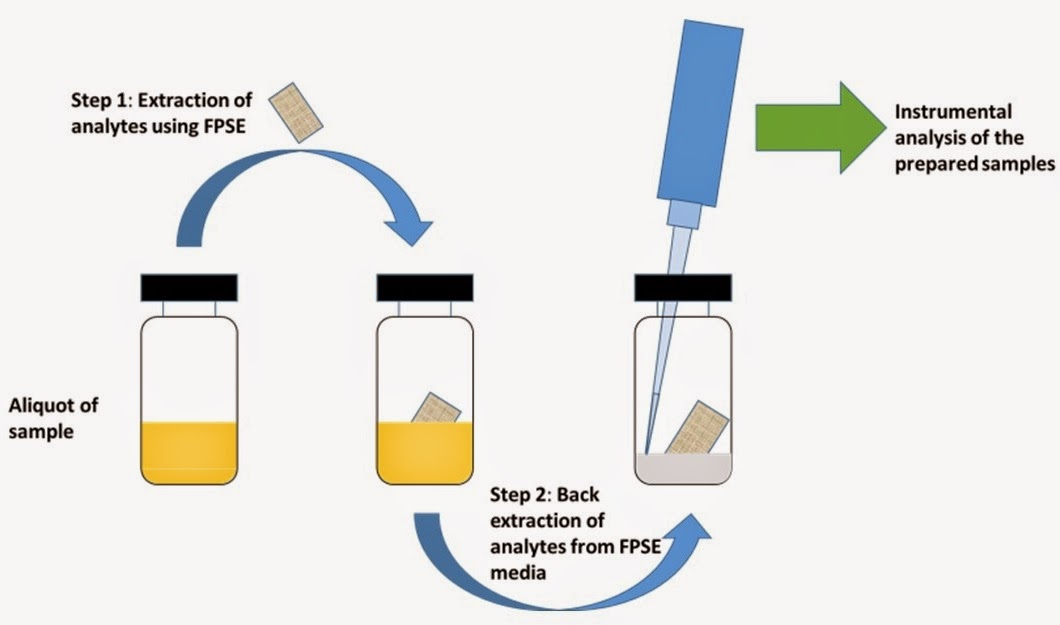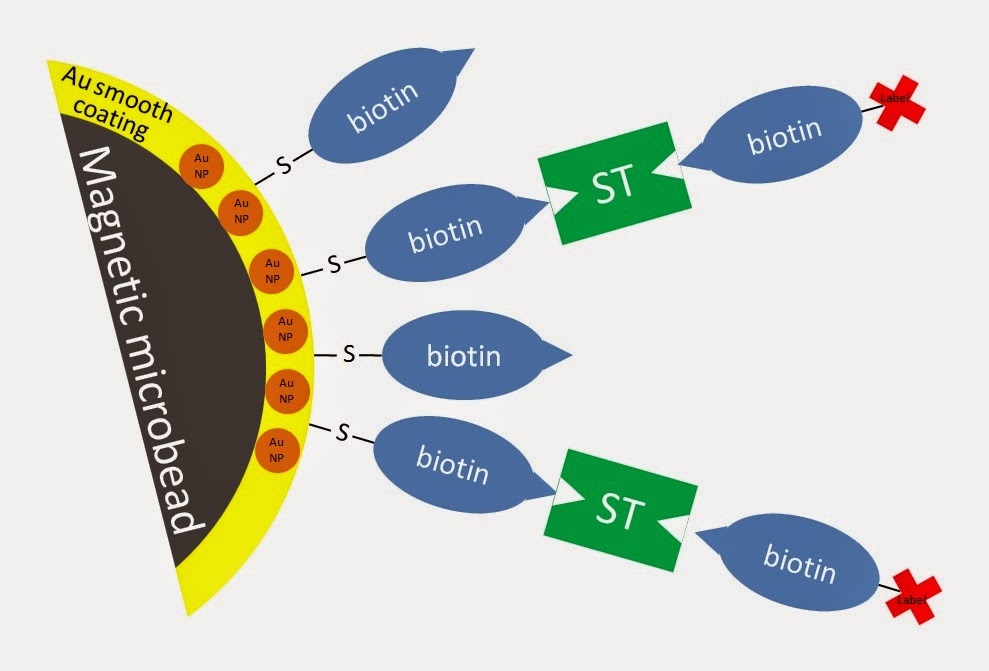Polyacrylamide gel in electromembrane extraction
Electromembrane extraction (EME) is a liquid phase
microextraction technique based on the voltage-assisted migration of the target
analytes between two aqueous solutions (the sample and the acceptor phase) separated
by a polymeric membrane where an organic solvent is immobilized in the form of a supported liquid membrane (SLM). The technique, which has been the
subject of several posts in this blog, allows the rapid extraction of ionic
species. The present post highlights a
recent article, published in the Journal of Pharmaceutical and Biomedical Analysis,
where polyacrylamide gels are proposed as
a membrane in EME.
Although polypropylene membranes are usually selected as a physical barrier between the two aqueous phases
involved in EME, several research groups have proposed alternatives to this
classical approach. In 2017, Tabani et al. proposed
agarose gel as a greener alternative. Although good results were obtained, the large pore sizes of these gels (up to 300 nm) induce high electric currents which are associated with some disadvantages like
bubbles generation or electroosmotic flow (the water migration produce a
dilution of the analytes in the acceptor phase). The same group has recently
proposed polyacrylamide gels for the same purpose. These gels present a more
homogeneous pore size distribution, that can be tuned playing with the
synthesis conditions, and smaller pore sizes (in the range of 20-140 nm).
The gel is synthesized
in Eppendorf tubes which are finally cut
(see Figure 1) leaving the gel in the open end and creating a small chamber for the
location of the acceptor solution. The cut tube is
immersed in the sample, and two electrodes are introduced in the donor and the acceptor phase for EME. The
extraction has been studied for three basic drugs (pseudoephedrine, lidocaine, and propranolol) with good results.
 |
| Figure 1. Extraction device. For extraction it is immersed into the sample and the two electrodes are connected |
The authors state that this EME approach involves
three aqueous phases (donor, acceptor and that immobilized in the gel) and it
does not require any organic solvent.
You can read the
complete article where you can find all
the specific information to synthesize the gel and the optimization of the
extraction. The extraction in combination with LC-UV allows the determination
of the target compounds in complex samples like wastewater and breast milk.
References
(1) Application of polyacrylamide gel as a new
membrane in electromembrane extraction
for the quantification of basic drugs in
breast milk and wastewater samples. Link to the article
RL



Comments
Post a Comment